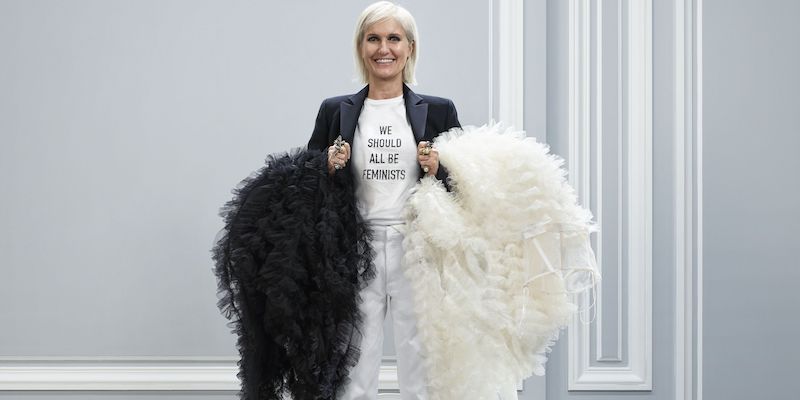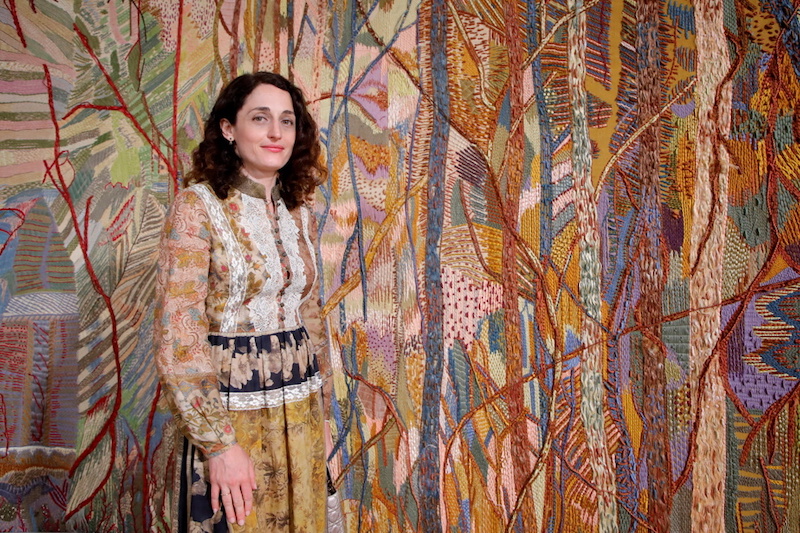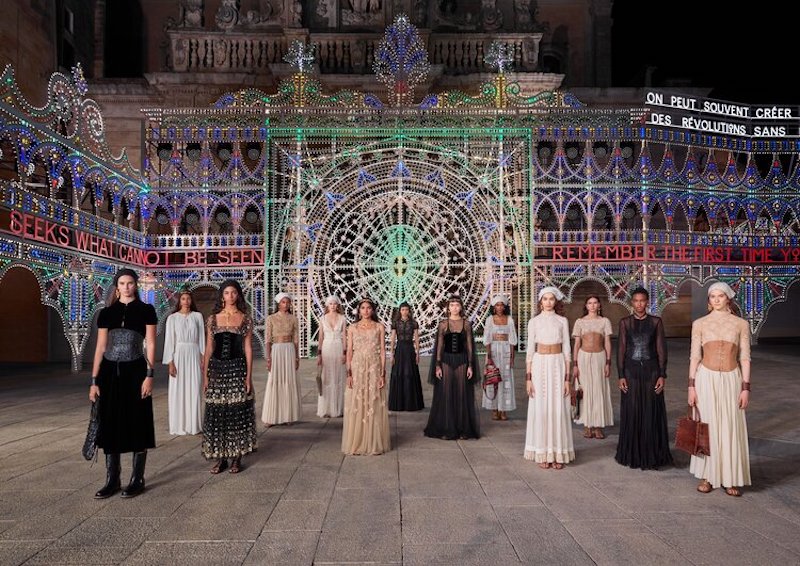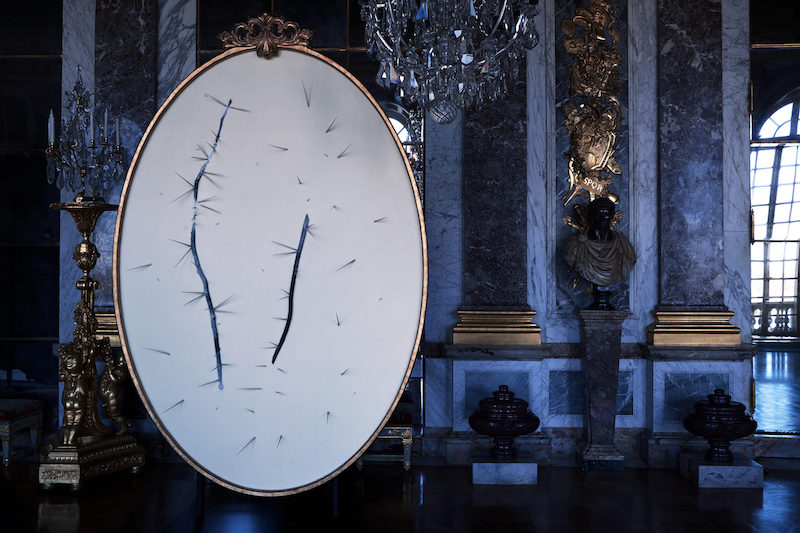Search
To search for an exact match, type the word or phrase you want in quotation marks.
A*DESK has been offering since 2002 contents about criticism and contemporary art. A*DESK has become consolidated thanks to all those who have believed in the project, all those who have followed us, debating, participating and collaborating. Many people have collaborated with A*DESK, and continue to do so. Their efforts, knowledge and belief in the project are what make it grow internationally. At A*DESK we have also generated work for over one hundred professionals in culture, from small collaborations with reviews and classes, to more prolonged and intense collaborations.
At A*DESK we believe in the need for free and universal access to culture and knowledge. We want to carry on being independent, remaining open to more ideas and opinions. If you believe in A*DESK, we need your backing to be able to continue. You can now participate in the project by supporting it. You can choose how much you want to contribute to the project.
You can decide how much you want to bring to the project.

Since Maria Grazia Chiuri (Rome, 1964) became its first female creative director in 2016, the House of Dior has collaborated with several female artists. The company’s feminist commitment on the catwalks has evolved from the iconic t-shirt with the slogan We should all be feminist of her debut collection, worn by various personalities of the star system and making its way into Almodóvar’s latest film, Madres Paralelas (2021). The prominence of the feminist movement after the #MeToo scandals has served Chiuri to explore and exploit the discourse ad nauseam, allying herself with the cause by establishing artistic collaborations exclusively with women (as was the case with the third edition of Dior Lady Art) or collaborating with the Chanakya school-workshop, a center in India that teaches women embroidery techniques which are normally reserved for men there.

DIOR, Maria Grazia Chiuri. Foto: Jean-Paul Goude para Harper’s Bazaar, 2017
Part of the responsibility for this course of action is held by her daughter, Rachele Regini, a cultural advisor for the firm who specializes in gender studies, art, media, and culture. However, the fact that the fashion industry profits from social movements is nothing new. In fact, they serve each other. Coco Chanel and the garçonne, Yves Saint Laurent and the spirit of May ’68, or Vivienne Westwood and punk go hand in hand. Luxury fashion was and is counterculture. If dressing has a political meaning, fashion is a political tool, from accessories to the total look. In this sense, the revolutionary aesthetic is itself part of the culture of the House of Dior: from the importance of the sans-culottesat the beginning of the French Revolution to the incroyablesand the merveilleusesof the Directory era, decadent aristocrats who inspired one of Chiuri’s predecessors, John Galliano, to create the collection that catapulted him to fame as a designer. Not to mention the New Look, the ultra-feminine silhouette launched by Christian Dior after World War II that meant a return to glamor and a taste for opulence, a driving force of the French industry at that time. Today, the struggle lies in the vindication of genderless clothing, a cause championed by celebrities such as Billy Porter and Mark Bryan. In this way, and within its own codes, fashion ends up encouraging protest.
However, it is not surprising that Chiuri has been criticized for commodifying feminism under the umbrella of luxury, a feminism that arbitrates between the second and the fourth wave, using the first in its forms and the second as a backdrop. This spectacularizationof the movement in a lavish mode is possible thanks to the cultural hegemony of capitalism, but also to a certain sisterhood between classes, since the elite and the masses both benefit. The problem is accepting that they use each other, or that the rights of some pass because others can buy the € 600 t-shirt. The message is thus subject to its staging, but it has its effect. This, along with the continuous proclamations against patriarchy (such as the top worn by Cara Delevingne at the latest Met Gala) overshadow what are probably Chiuri’s greatest achievements for the cause.

DIOR, Judy Chicago. Foto:Kevin Tachman, 2020
The directors shield their defense of the movement for a luxury brand of the stature of Dior through art, maintaining an idyll with the feminist practices of the second wave as a result of the S/S 2018 collection, for which it resuscitated names such as Linda Nochlin, the art historian who raised gender questions within the field with her phrase: Why haven’t there been great women artists? (1971). Judy Chicago, another heroine of feminist art, designed for the S/S 2020 collection the messages of female empowerment on banners embroidered by the apprentices of the Chanakya school-workshop, with questions such as “What if women ruled the world?.” In her day, Chicago opted to enhance artisan techniques such as embroidery, relegated to a lesser status (like women throughout history) due to its ties to (feminine) domestic life as reflected in her most epic work: The Dinner Party (1979), where names like Virginia Woolf appear. It is precisely the status of the artisan tradition that the Haute Couture collection O/I 2021 reflected, with a nod to Woolf. The Parisian artist Eva Jospin devised the Chambre de Soie for the occasion, in honor of the embroidery room of the Palazzo Colonna in Rome, alluding, in turn, to Woolf’s A Room of One’s Own (1929). The work, which evokes the tactility of textile fibers, takes on meaning that was lost during the Covid-19 confinement, transforming the materiality that arises from the subversive language of embroidery into memory, which also applies to clothes on the catwalk.

DIOR, Eva Jospin. Foto: Sarah Meyssonnier/REUTERS, 2021
The visual artist Marinella Senatore adopted this feminist militancy when she illuminated the Piazza del Duomo in Lecce with an impressive structure of LED lights for the 2021 cruise collection 2021, unifying tradition, folklore, and avant-garde art. The montage of luminariewas a tribute to embroidery, lace, and macramé, promoting protest phrases in the style of Jenny Holzer and using rhetoric as a vehicle to question the status quo. This included luminous messages that Chiuri had previously used in the Prêt-à-Porter O/I 2020 fashion show together with the conceptual artist Claire Fontaine, where the word consent flashed in green, amber, and red. On this occasion, she introduced the uniformed court collection with the phrase I Say I, taken from the manifesto La presenza dell’uomo nel femminismo (1971) by the feminist collective Rivolta Femminile.

DIOR, Marinella Senatore. Foto Cortesía Dior (web)

DIOR, Claire Fontaine. Foto: Cortesía Dior (web)
Fortunately, not all are protest slogans, a device as outdated as the moment when, in her last days in office, Angela Merkel publlicly acknoledged being a feminist. Artistic possibilities expand other forms of protest, such as the transformation to which the artist Silvia Giambrone subjected the Gallery of Mirrors of Versailles for the Ready to Wear O/I collection 2021, whose main purpose, that of reflection and self-perception, was canceled by being replaced by wax and protruding spines. This was a clear reference to the princess stories where the mirror is both a weapon and a handicap, in which, according to Chiuri, we shouldn’t have to look at ourselves to construct our own identity. The space, symbol of monarchical absolutism, also hosted a dance for female freedom choreographed by the Israeli Sharon Eval, which took place in 8M. In addition, the designer used several illustrators to create five animated teasers that represented a contemporary vision of fairy tales, posting them on social networks before presenting the collection.

DIOR, Silvia Giambrone. Foto: Sophie Carre (en la web de Giambrone)
These connections are not accidental, for they all emphasize the role of women from a feminine perspective and promote Herstory. Chiuri adds, in the present tense, the visibility of contemporary creators, something her colleague Kim Jones, creative director of Dior Homme, does with male artists. In their leading role, which we could also call patronage, this luxury firm advocates a narrative consistent with the values it defends, namely: designs for women, made by women.
(Cover photo: Marinella Senatore, Luminarie, 2020. Installation for the Dior 2020 fashion show, cruise collection 2021 in Lecce (Italy). Photo: Alessandro Garofalo. Courtesy of the artist and Dior)

Elena González (Madrid/Tenerife, 1988) has a degree in Art History from the Autonomous University of Madrid and a master’s degree in Audiovisual Heritage: history, recovery and management from the UCM. She specializes in documentation of photographic collections and fashion styling and history. Her lines of research are the aesthetics of monstrosity and the filmic and photographic beginnings of the erotic-pornographic genre in Spain. She has collaborated for Plas-art, Ruby Star or La Felguera.
"A desk is a dangerous place from which to watch the world" (John Le Carré)